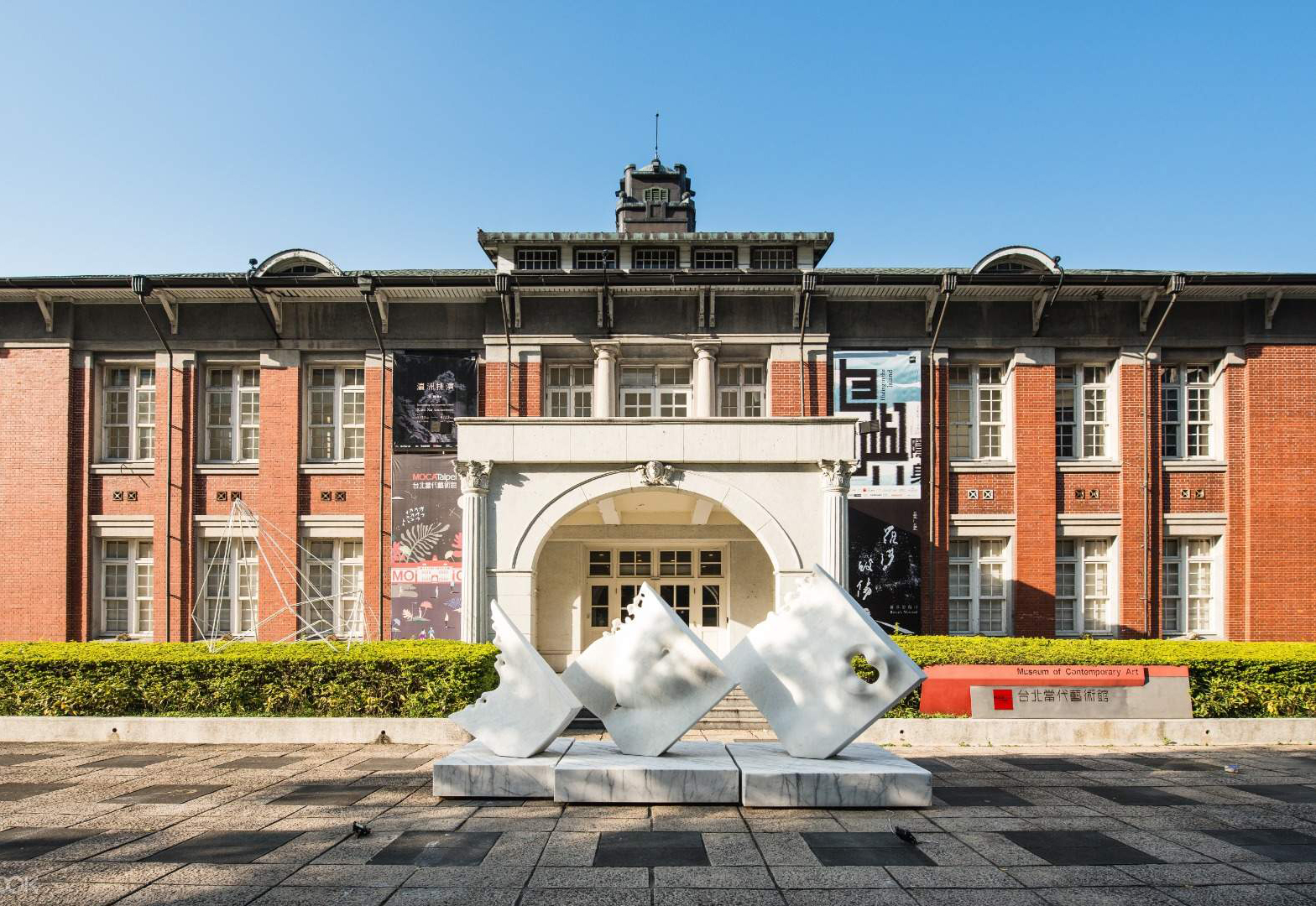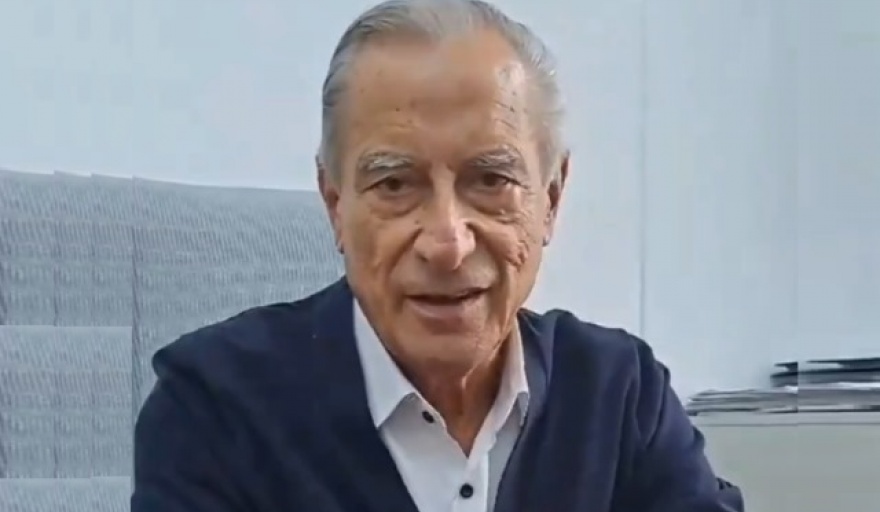A Global Artworld 1850-1950: An Art Review For 2025

Table of Contents
2. Main Points:
2.1 The Rise of Realism and its Global Echoes (1850-1870):
H3: Realism in France:
Realism, a reaction against Romanticism's idealized portrayals, emerged powerfully in mid-19th century France. Artists like Gustave Courbet and Jean-François Millet championed a new approach, focusing on the accurate depiction of everyday life, often featuring laborers and scenes from the working class.
- Key characteristics of Realism: Detailed and objective representation, focus on contemporary subjects, rejection of idealized beauty, and social commentary.
- Famous paintings: Courbet's "The Stone Breakers" and Millet's "The Gleaners" are prime examples, showcasing the harsh realities of peasant life.
- Social Commentary: Realist paintings often served as social critiques, highlighting social inequalities and the plight of the working class.
H3: Realism's International Spread:
The influence of French Realism quickly spread beyond its borders. Artists in various countries adopted and adapted its principles, resulting in diverse interpretations of the style.
- Realist painters from other countries: Ilya Repin (Russia), Winslow Homer (USA), and Gustave Caillebotte (France – bridging Realism and Impressionism) are notable examples.
- Regional Variations: While sharing core tenets, Realist art exhibited regional variations, reflecting the unique social and cultural contexts of different countries. For instance, American Realism often focused on landscapes and depictions of the American West.
H3: Realism's Legacy:
Realism's legacy extends far beyond its initial period. Its commitment to accurate observation and social commentary paved the way for subsequent movements.
- Connection to later movements: Realism's influence can be seen in Impressionism's focus on capturing fleeting moments and in Social Realism's emphasis on social justice themes. It laid the groundwork for a more objective and socially conscious approach to art.
2.2 The Impressionist Revolution and its Global Impact (1870-1900):
H3: Key Impressionist Figures:
Impressionism, born in France, revolutionized painting with its emphasis on capturing the fleeting effects of light and color. Artists like Claude Monet, Pierre-Auguste Renoir, Edgar Degas, and Camille Pissarro pioneered this revolutionary style.
- Characteristics of Impressionism: Emphasis on light and its changing effects, visible brushstrokes, open compositions, and focus on everyday scenes and landscapes.
- Famous paintings: Monet's "Impression, soleil levant" (which gave the movement its name), Renoir's "Bal du moulin de la Galette," and Degas's "The Ballet Class" are iconic examples.
- Exhibition history: The Impressionists' independent exhibitions challenged the established art world and helped solidify their influence.
H3: Impressionism Beyond France:
Impressionism's impact extended far beyond France's borders. Artists worldwide adopted and adapted its principles, resulting in diverse interpretations reflecting local contexts.
- Impressionistic styles in other countries: American Impressionism, with artists like Childe Hassam and Mary Cassatt, developed its own distinct character. Japanese woodblock prints also influenced Impressionist aesthetics.
- Adaptations and variations: While sharing core characteristics, Impressionism manifested differently in various cultural settings, showcasing the adaptability of the style.
H3: Impressionism's Enduring Influence:
Impressionism's influence continues to resonate in contemporary art and culture. Its innovative techniques and emphasis on subjective experience revolutionized artistic expression.
- Connections to later movements: Post-Impressionism, Fauvism, and even Abstract Expressionism owe a debt to Impressionism's pioneering approach to light, color, and form. It profoundly impacted subsequent artistic movements and artistic thought.
2.3 The Birth and Diversification of Modern Art (1880-1950):
H3: Post-Impressionism and its Variations:
Post-Impressionism, a diverse reaction against Impressionism's perceived limitations, encompassed a range of styles and artistic philosophies. Artists like Vincent van Gogh, Paul Cézanne, and Paul Gauguin explored new expressive possibilities.
- Characteristics of Post-Impressionism: A move away from objective representation, exploration of personal expression, strong use of color and form, and diverse styles within the movement itself.
- Key artists and their artistic philosophies: Van Gogh's emotional intensity, Cézanne's structural approach, and Gauguin's symbolic use of color represent the diversity of Post-Impressionism.
H3: Fauvism, Expressionism, and Cubism:
The early 20th century saw the emergence of several influential movements that pushed the boundaries of artistic expression even further.
- Fauvism: Characterized by bold, non-naturalistic colors and expressive brushwork (e.g., Henri Matisse, André Derain).
- Expressionism: Focused on conveying inner emotions and experiences through distorted forms and intense colors (e.g., Edvard Munch, Ernst Ludwig Kirchner).
- Cubism: Revolutionized representation through fragmented perspectives and geometric forms (e.g., Pablo Picasso, Georges Braque).
- Social and political contexts: These movements often reflected the anxieties and social upheavals of their time.
H3: Surrealism and its Global Reach:
Surrealism, emerging in the 1920s, explored the realm of dreams and the unconscious mind, challenging conventional notions of reality.
- Key figures in Surrealism: Salvador Dalí, René Magritte, and Joan Miró were among its leading figures.
- Characteristics of the style: Juxtaposition of unexpected objects, dreamlike imagery, and exploration of the subconscious.
- The movement’s influence: Surrealism's impact extended beyond art, influencing literature, film, and design.
H3: The Rise of Abstract Expressionism in the US and its Global Context:
Following World War II, Abstract Expressionism became a dominant force in the American art scene, and subsequently, globally.
- Key figures: Jackson Pollock, Mark Rothko, and Willem de Kooning were central to this movement.
- Characteristics of the style: Emphasis on spontaneous gesture, large-scale canvases, and non-representational forms.
- Its significance: Abstract Expressionism established New York City as a major center of the art world and significantly impacted global artistic trends.
2.4 The Global Context: Colonialism, Nationalism, and Artistic Exchange:
The period 1850-1950 was marked by significant global events that profoundly shaped artistic production.
- Colonialism: Colonial powers influenced artistic styles in colonized regions, leading to both cultural exchange and appropriation.
- Nationalism: The rise of nationalism led to the development of distinct national art schools and styles, reflecting local identities and traditions.
- Artistic exchange: Despite political tensions, artistic exchange continued across borders, enriching styles and fostering innovation. The increasing interconnectedness of the world facilitated the rapid spread of new artistic ideas.
3. Conclusion: Re-Evaluating "A Global Artworld 1850-1950" in 2025
From the realistic depictions of everyday life to the abstract explorations of the subconscious, "A Global Artworld 1850-1950" represents a period of unprecedented artistic innovation and global exchange. The movements discussed – Realism, Impressionism, Post-Impressionism, Fauvism, Expressionism, Cubism, Surrealism, and Abstract Expressionism – revolutionized artistic expression and profoundly impacted our understanding of art's role in society. Their influence continues to resonate in contemporary art, shaping aesthetics and inspiring new generations of artists.
To further deepen your understanding of this fascinating and pivotal era, we encourage you to explore the rich legacy of "A Global Artworld 1850-1950." Visit museums, delve into further research, and immerse yourself in the world of these groundbreaking artistic movements. Their continuing influence on global culture and aesthetics makes studying this period essential for anyone interested in understanding the evolution of art and its lasting impact on our world.

Featured Posts
-
 La Muerte De Juan Aguilera Un Duro Golpe Para El Tenis Espanol
May 19, 2025
La Muerte De Juan Aguilera Un Duro Golpe Para El Tenis Espanol
May 19, 2025 -
 Is A Beloved Saturday Night Live Cast Member Departing
May 19, 2025
Is A Beloved Saturday Night Live Cast Member Departing
May 19, 2025 -
 Safura Eurovision 2025 In Soezcuesue Olaraq Az Rbaycani T Msil Ed C K
May 19, 2025
Safura Eurovision 2025 In Soezcuesue Olaraq Az Rbaycani T Msil Ed C K
May 19, 2025 -
 Salami Au Chocolat Gouter La France A La Maison
May 19, 2025
Salami Au Chocolat Gouter La France A La Maison
May 19, 2025 -
 Chateau Diy Ideas Inspiration For Your Next Project
May 19, 2025
Chateau Diy Ideas Inspiration For Your Next Project
May 19, 2025
